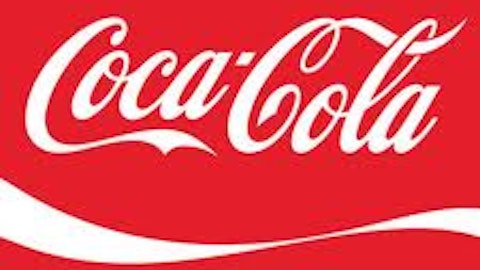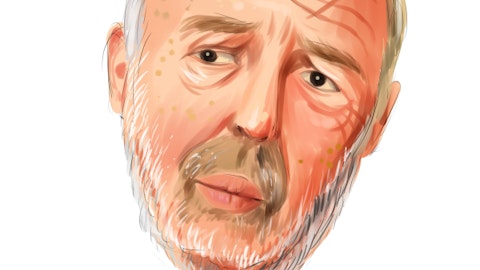Between wealth and riches
The Dow Jones Industrial Average (Dow Jones Indices:.DJI) broke through the 3,000-point barrier on April 17, 1991. Its final closing level, 3,004.46, was a 287% gain from the beginning of the modern era’s incredible secular bull market and 290% away from that market’s ultimate peak. The 3,000-point barrier was, in many ways, a perfect halfway point in the market’s growth, between getting wealthy and really getting rich. And just as befits such a mark, there was a general sense of optimism for the future.
A mild recession gripped the United States then, partly a result of oil supply shocks from the Iraqi invasion of Kuwait but more a response to a long-running savings and loan crisis that would lead to a massive and ultimately unrecoverable bailout later in the year. Oil prices had only just returned to normal levels after rapidly doubling in the fall of 1990, and the bulls were in a triumphant mood.
James E. Cayne, president of Bear Stearns (yes, that Bear Stearns) said: “It’s historic, glorious, fantastic. … The people who forecast doom temporarily are wrong.” William A. Schreyer, chairman of Merrill Lynch, told The Washington Post, “The markets are saying that inflation is not going to be a factor, that the restructuring of corporate America is proceeding and that higher productivity and profitability will be a reality in 1992 and beyond.” The Post mentioned the Federal Reserve’s “easy money policy” as a reason for the rise in stock prices (sound familiar?), with lower interest rates driving investment dollars into stocks and away from interest-bearing savings vehicles. “The best time to invest in the market is [always] during the latter half of a recession,” said Equitable Capital Management executive Franklin Kennedy. Paine Webber executive Edward Kerschner told The New York Times that “lower interest rates boost stock prices,” calling the Fed’s strategy “the big ease.”
There would be no significant correction in the Dow’s upward course for another nine years. Investors had experienced the short, sharp crash of 1987 and the mild contraction of 1990, and they could now look forward to the longest uninterrupted bull market the Dow would ever see. Did investors expect such growth in the spring of 1991? If you were one of them, you likely made out very well indeed.
The article The Big Idea That Delivered a Business Legend originally appeared on Fool.com and is written by Alex Planes.
Fool contributor Alex Planes has no position in any stocks mentioned. The Motley Fool recommends FedEx and Ford. The Motley Fool owns shares of Ford.
Copyright © 1995 – 2013 The Motley Fool, LLC. All rights reserved. The Motley Fool has a disclosure policy.

